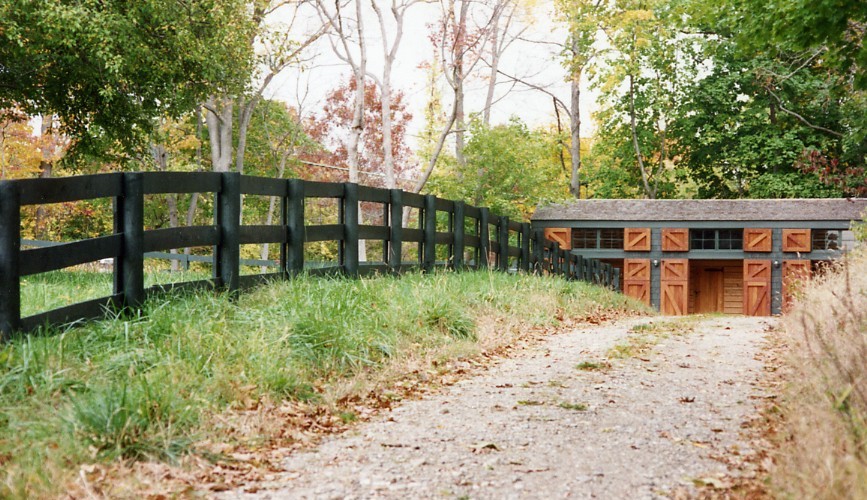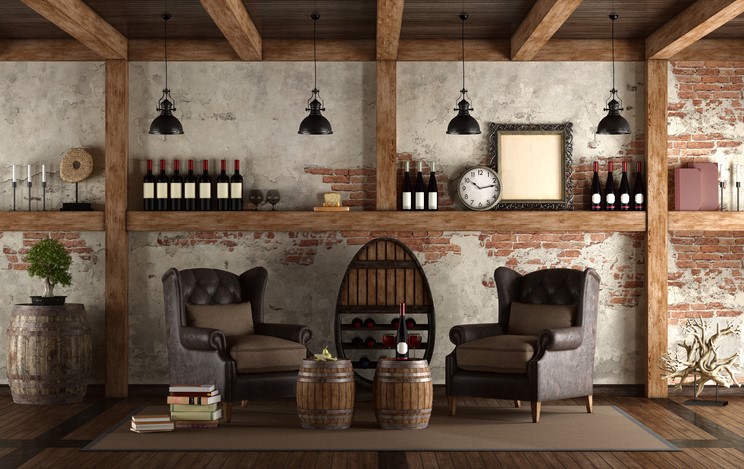We refer to the Autumnal season as “fall” because it’s the time of year when the sun dips below the equator. We would also be correct in saying that we call it “fall” because of the falling leaves. In the Northern Hemisphere many of us have already seen firsthand the changing of leaves from green to red, orange to yellow. Neighbors get used to hearing the buzz of the leaf blower and teenagers are instructed to rake up the leaves on the weekends. But when the raking is done (for today), what does one do with all the leaves?
Raking and removing dead leaves are a necessary chore. When leaves decompose and get wet they become a soggy blanket that acts like a plastic garbage bag – not a healthy choice for your lawn. Fallen leaves can clog gutters and drainpipes, leading to water seepage under your roof line. Wet leaves can create a super slippery slope on your driveway or walkway. Burning leaves is not a recommended practice and in some states, it is considered illegal. The smoke is unhealthy for the lungs and a blustery day could quickly turn your small leaf fire into a raging wildfire.
But don’t fret: there are many excellent ways to utilize fallen leaves. You may have a yard waste removal company that can cart away your dead foliage. But if you don’t, or if you are looking for other ways to reuse leaves, here are some ideas for you.
Soil Amendment
Shredded leaves are a great source of nutrients to your overall yard and soil. Raking them around your property and evenly distributing them around the base of plants and trees can add to your soils fertility. If you don’t have a leaf shredder you can use your lawn mower and mow over leaves that have fallen onto your grass. Once the pieces are about the size of a postage stamp you can rake them in a thin layer over your lawn or distribute them to other areas.
Mulch
Mulch is a layer of organic material that is put on top of soil to retain moisture, preserve and add nutrients, control weeds and add to the overall appearance of the soil. Fallen leaves, preferably shredded, can be used around the base of more delicate plants that tend to suffer from frostbite. Hydrangeas and roses are good examples of plants that can benefit from a layer of mulch. The leaves will act as insulation for your plants and will eventually decompose. Mulch can also be added to your winter vegetable garden and help protect bare soil.
Compost
If you are already composting then you know the benefits of adding organic materials like leaves. The best compost material is well balanced in nitrogen and carbon. Brown clippings, like leaves, are rich in carbon while green organic materials, like grass clippings, are rich in nitrogen. Shredding your leaves first will allow them to break down faster.
Leaf Mold
Leaf mold isn’t a type of fungus. It refers to a leaf-only compost pile that breaks down into a soil-like material. Once fully decomposed, it can be added and mixed into soil and adds moisture and nutrients. It takes about 6-12 months for leaves to turn into leaf mold.
Book a Lawn and Garden Service
Top Image Credit: Zivkovic Connolly Architects




